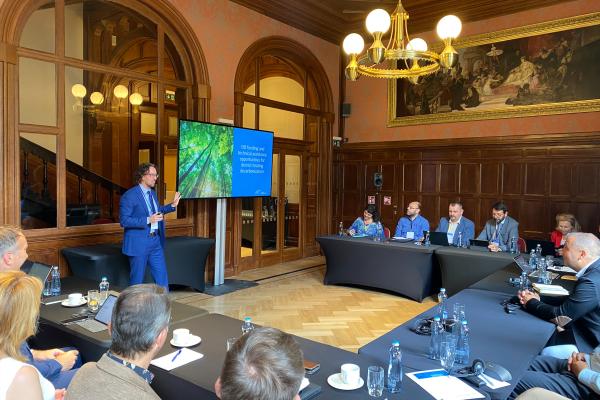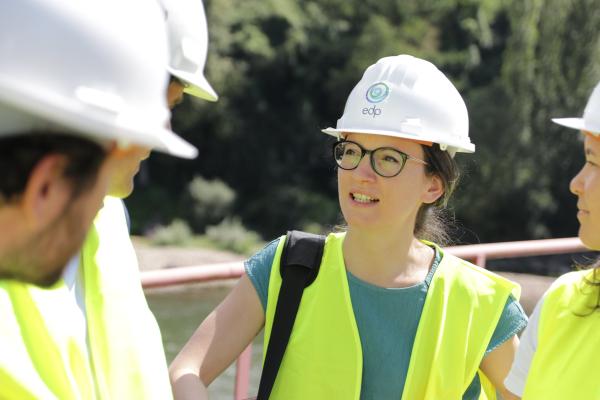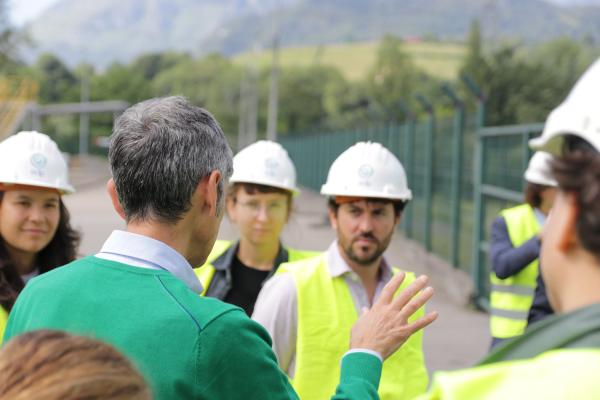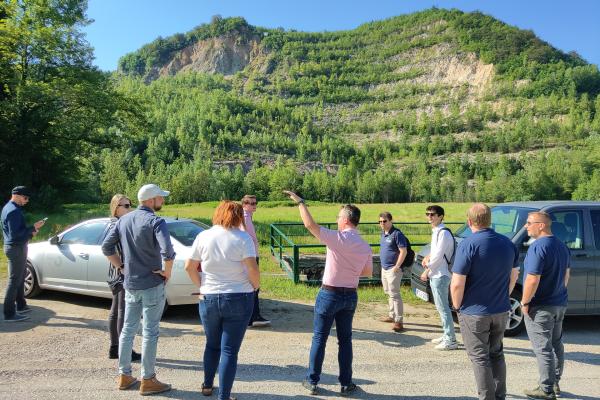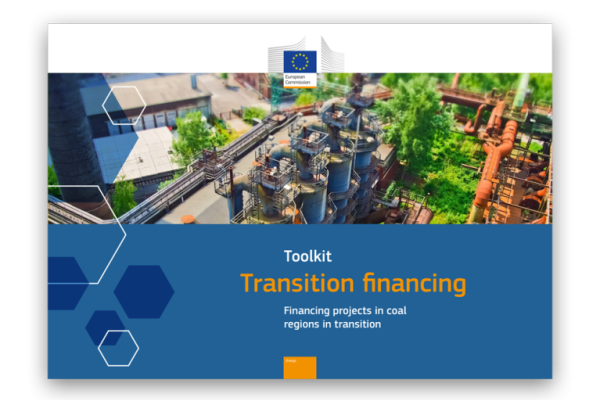While coal remains a primary fuel in the European energy mix, the transition to cleaner forms of energy and innovative technologies, such as carbon capture and storage, is imperative to meet the EU’s commitment to reduce CO2 emissions by at least 55% by 2030 and to become the world’s first climate-neutral bloc by 2050.
Initiative for coal regions in transition
To ensure that no region, worker or community is left behind in the energy transition, the Commission launched the Coal regions in transition Initiative (CRiT) in 2017 to help mitigate the social consequences of the low-carbon transition in coal, peat and oil shale regions of the European Union.
CRiT is an open forum that gathers all relevant parties, local, regional and national governments, businesses and trade unions, NGOs and academia to promote knowledge-sharing and exchanges of experiences between EU coal regions.
It represents a unique, bottom-up approach to a just transition, enabling regions to identify and respond to their unique contexts and opportunities.

CRiT works closely with the Just Transition Platform, and has previously cooperated with the Initiative for Coal Regions in the Western Balkans and Ukraine. It also fosters close relationships with regional, national, European, and international bodies, initiatives and projects working to foster a just transition for coal and carbon-intensive regions.
Assistance and materials
The Initiative supports public administrations and other relevant stakeholders via technical assistance, peer-to-peer exchange, knowledge products and events. It also convenes topical Working Groups to tackle specific priority areas for European coal+ regions.
Videos from coal regions
The Initiative regularly produces videos and interviews with coal+ regional stakeholders that are published in a dedicated YouTube playlist. These videos amplify the voices of representatives from coal+ regions, and share highlights from the Initiative.
Featured interview
Watch our interview with Petr Kulhánek, Governor of Karlovy Vary Region (Czech Republic), in which he discusses economic diversification in this mining region in transition.
The Secretariat
Since early 2019, a secretariat manages all the Initiative activities with the European Commission. The Secretariat is made up of a consortium of actors that bring a unique blend of skills and competencies to support coal regions in transition: Ecorys, Climate Strategies, ICLEI Europe, and the Wuppertal Institute for Climate, Environment, Energy.
To contact the Secretariat, please write: secretariat coalregions [dot] eu (secretariat[at]coalregions[dot]eu)
coalregions [dot] eu (secretariat[at]coalregions[dot]eu)
Coal regions covered
The Initiative supports EU coal, lignite, peat and oil shale regions, defined as NUTS-2 regions, with over 100 jobs in coal, peat or oil shale extraction in 2018, according to JRC sources. While all can benefit from the Initiative’s resources, knowledge products and events, only these regions are eligible to apply for technical assistance and exchange programmes.
International collaboration
The Initiative is keen to engage international stakeholders and facilitate collaboration between EU coal+ regions and regions in other parts of the world. The Secretariat is always looking for international best practices that can help EU coal regions; furthermore, the Secretariat and regions it works with are available to share expertise and experience that exists within EU coal+ regions to support global counterparts.
Examples of specific areas of expertise within EU coal+ regions that can be presented to international partners
- transition governance, including national and regional transition plans and strategies
- managing labour market challenges associated with transition
- brownfield site regeneration
- region-to-region exchange of good practices and lessons learnt
- leveraging former mining infrastructure, e.g. for tourism
- capturing local mining heritage through museums, festivals, and events
- community engagement
Additional EU support
To help to achieve its energy and climate goals, the Commission proposed in January 2020 the Just Transition Mechanism which was adopted as a regulation in 2021. Alongside tailored financial and practical support, it will help workers and generate the necessary investments to areas particularly affected, like the EU coal regions.
Furthermore, the Commission provides tailored support to coal regions, peat and oil shale regions, either in the form of operational country teams or bilateral discussions with Commission experts. This support can help national and regional authorities to identify ways to initiate and implement the transition. This support is accompanied by existing EU funds, financing tools and programmes. The country teams work with national and regional authorities in regions chosen by EU countries to encourage the preparation of transition strategies and support the identification of priority projects.
Key facts on coal in the EU
(Source: Fraunhofer- based on ENTSO-E data; Recent trends in EU coal, peat and oil shale regions 2021 by JRC)
Since 2012, total coal power generation has dropped by almost a third in the EU. Between 2022 and 2023, brown coal supply decreased by 24.2% to 222 840 million tonnes, and hard coal supply dropped by 20.4% to 130 437 million tonnes, according to Eurostat.
The declining use of coal has caused mines to close down and power plants to be decommissioned in a number of regions across Europe. Coal activities offered direct employment to around 208 000 people across Europe in 2021 and 76% of these jobs were in the mining sector. This is a decrease of almost 37% in the number of jobs indirectly related to the coal sector in the EU compared to data in the EU coal regions report from 2018. The countries with the highest number of jobs in the sector are Poland, Germany, Czechia, Romania and Bulgaria.
Newsletter
The Initiative for Coal Regions in Transition newsletter contains updates, announcements regarding technical assistance opportunities, transition resources, events, and insights from coal regions themselves.
All updates are published in the newsletter, and are available to read by browsing past newsletter editions.
Documents
- Decision on financing and support for coal and carbon intensive regions in transition (C(2020) 5455) and its annexes (August 2020)
- Terms of reference – Initiative on coal and carbon-intensive regions
Related links
- Article – Towards a just and clean energy transition (EN | FR | DE | IT | ES | PL, October 2020)
- Study – EU coal regions: opportunities and challenges ahead (JRC, July 2018)
- A European Green Deal
- Just Transition Mechanism

